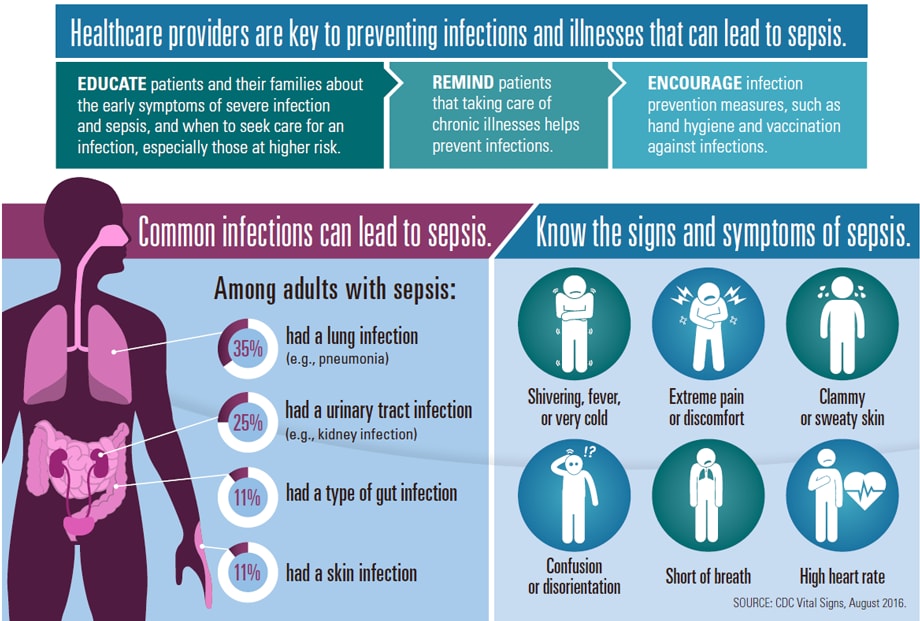This is how I would stop HAIs

People ask me what I would do to help stop Hospital acquired infections. It’s been 10 years today since my father died of HAI. Right after he was infected with MRSA, I started researching the causes, the prognosis, the incubation period, prevention, spread and prevalence of these infections. The subject is complex and broad, but these are a few of my ideas about how we can actually make a huge dent in this problem.
1. Get a more accurate count of infections and the deaths caused by them and make it public. Transparency and accountability will lead to better funding and actions to stop this scourge.
a. Develop a way for patients or their family members to report their own infections, because we know hospitals and other healthcare facilities are not reporting all of their infections
b. Require that all infections that contribute to a death, be listed as a cause of death (COD) on death certificates in every State.
2. Require Hospitals/LTCs/Dialysis centers/Surgical Centers to post any current outbreaks on their websites and in plain view for incoming patients.
a. “Outbreak” must be defined first. Currently ‘outbreak’ means something different according to what infection is being discussed.
3. Rapid screen patients for MRSA and other common infections on emergency admission, or a week in advance of planned admissions. Practice Universal precautions without exception. Postpone elective surgery until the patient has been decolonized. Contact precautions must be followed without exception for all MRSA colonized and infected patients. All other precautions according to the offending infection must be followed to a tee, by all staff and visitors and this must be enforced.
4. Put everyone in their own room, preventing spread of infection from one patient to another in the same room.
5. Clean up Hospitals and the equipment in them. Assign each patient their own frequently used equipment, ie. Blood pressure cuffs, wheelchairs, walkers, etc.
6. Handwashing all around every time, before and after touching, nurses, doctors, xray and lab techs, visitors, and anyone else who touches patients.
7. Help patients to understand their own role in prevention of infections, examples are handwashing, general hygiene, covering wounds, good nutrition/hydration, covering coughs, not wearing slippers that have been on dirty floors into their bed.
8. Give the Federal and State CDCs regulatory powers. This way, instead of writing recommendations, they can write requirements. Every hospital that is held accountable for infections that they caused, will say “we met the CDC recommendations” and/or “We met the standards of care”. And they may have met some of them, but certainly not all of them because they don’t’ have to…none of the recommendations are mandated.
Also, the CDC would not have to wait until crisis to go into places with known problems. An invitation would not be needed. Places with known infection outbreaks and/or ongoing infection issues could be visited and problems remedied without waiting for permission to enter. Not a single patient should become infected because the CDC is waiting for an invitation to help the facility.
9. Stop paying Hospitals and other Healthcare facilities for the costs of these infections. Nobody should have to pay ONE PENNY for an infection they caught while in a facility. Penalties are not enough. Stop payment from any source patients, insurances or the Federal Government.
This is my short list of ideas. They were gleaned from all sorts of experts and meetings on the subject of infections. If these things had been in play when my father was hospitalized for rehab for a simple ankle fracture, I sincerely believe his infection would have been prevented. Two other community members had already died of hospital acquired MRSA infection the same month he was admitted. No outbreak was declared and nothing was ever reported on a State level about that. No extra precautions or steps were taken to stop the hospital MRSA outbreak. There was no consistency with handwashing, gloving or precautions even after his infection was diagnosed. With some hard work and dedication to patients, we can stop this from happening to others.



